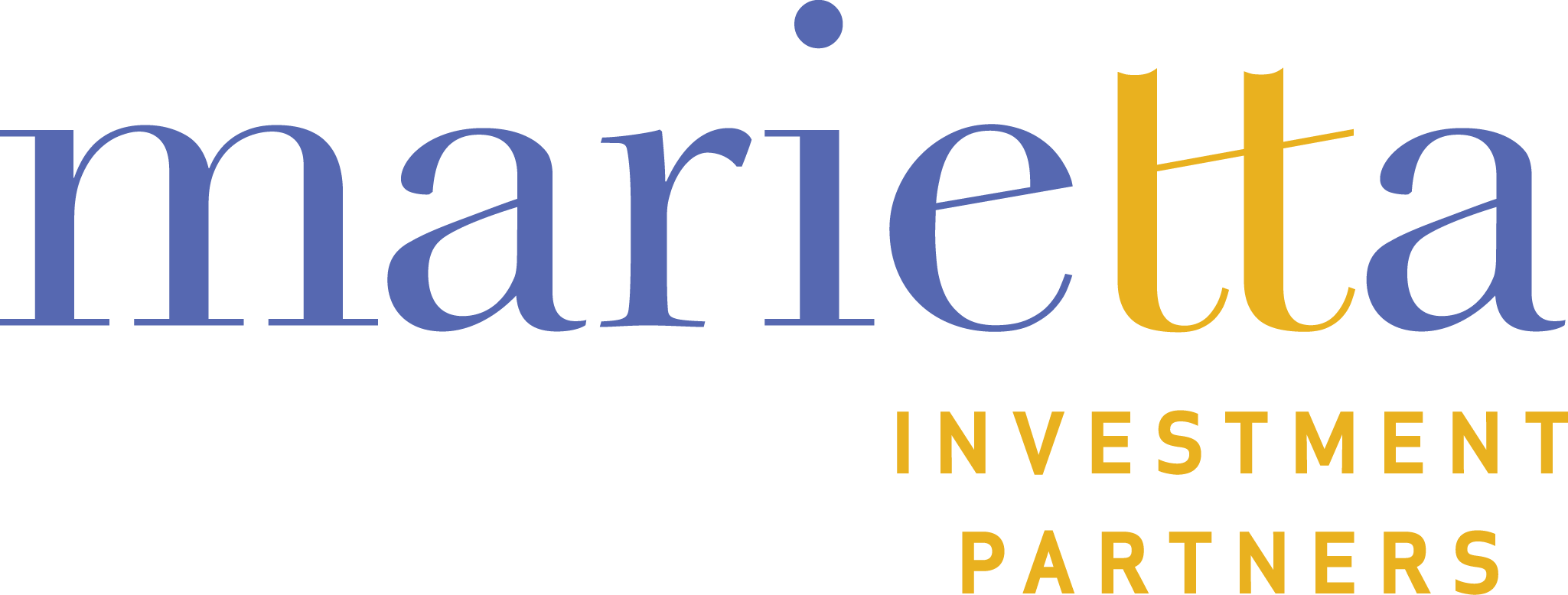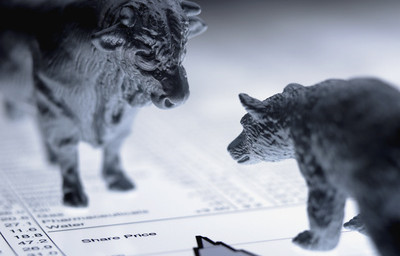Since the U.S. stock market bottomed on September 28, the S&P 500 Index has gained 9.8% and the Dow Industrial Average has risen 9.9%. Global stock markets have also participated with jumps of 8.8% in the EFA (the iShares ETF for developed international markets) and 12.1% in the EEM (the iShares ETF for emerging markets). The obvious questions are: is the global stock market rally justified and is the market rally sustainable? We think the answer to both questions is yes.
Our positive view is shared by respondents in Barron’s latest biannual survey of professional investors; 55% call themselves bullish or very bullish about the market’s prospects through next June. The respondents also noted that many of their clients do not share their enthusiasm (76% described themselves as “neutral” about U.S. equities). It seems that professional investors are pouring money into the market even as retail investors are pulling money out. For example, Bloomberg observed that the SPDR S&P 500 ETF has seen $1.5 billion withdrawn this month through Oct. 15, leaving it on pace for the first monthly outflow since June.
We emphasize that investment conditions have improved markedly since the tempestuous sessions of August and September. Major developments include:
- Many market observers attribute much of the global market downturn in the third quarter to concerns that China’s slumping economy would devastate commodity exporting economies and threaten the 6+ year global economic expansion. Over the past month a more informed view has surfaced. The decline in exports and manufacturing is only part of the story; the Chinese economy is also undergoing a moderately successful transition to consumer-led economic growth (see our 8/24/15 blog, “A China Correction”). Steps taken by China’s policymakers to stimulate their economy have helped to spark a rally in Chinese and other emerging stock markets.
- Leading central banks around the world have indicated their intention to fuel growth. This includes the European Central Bank as well as the People’s Bank of China, and the Bank of Japan may also announce additional initiatives in the near future. The U.S. Federal Reserve may raise rates modestly before the end of the year, but their policy is and will remain strongly accommodative for the medium term. Synchronized central bank stimulative activity has invariably been a positive for global equity markets.
- The corporate earnings season, which some observers anticipated would be harmful, has thus far exceeded expectations and has helped to boost U.S. stock prices. Particularly noteworthy was the stellar performance of many of the largest companies in the S&P 500 Index.
We anticipate a further advance in global stock markets through the end of this year and into 2016. Some of the major catalysts are:
- Leading global economies should respond favorably to central bank initiatives, providing a rebound from this year’s economic slump. International equity markets offer attractive valuations, and even a modest economic pickup could trigger significant rallies.
- We expect the U.S. economy to enjoy solid growth, a view which is supported by Fed Chair Janet Yellen (see our October 7, 2015 Outlook). The risk of recession is relatively low. In next year’s strengthening economy we project a healthy increase in S&P 500 company earnings.
- U.S. equity market valuations remain reasonable, whereas the very low yields on money market funds and bonds are unattractive.
- Strong corporate cash flow should continue to fuel dividend increases, stock buybacks, and M&A activity.
The major threats to our propitious outlook are unanticipated geopolitical upheaval and poor policy decisions. The Chinese economy also needs to be closely monitored as well as the economic health of commodity exporting countries. We would view a further plunge in commodity prices or a sharp rise in the dollar as a negative. Surely the future will hold surprises and we advise investors to remain flexible and vigilant.

